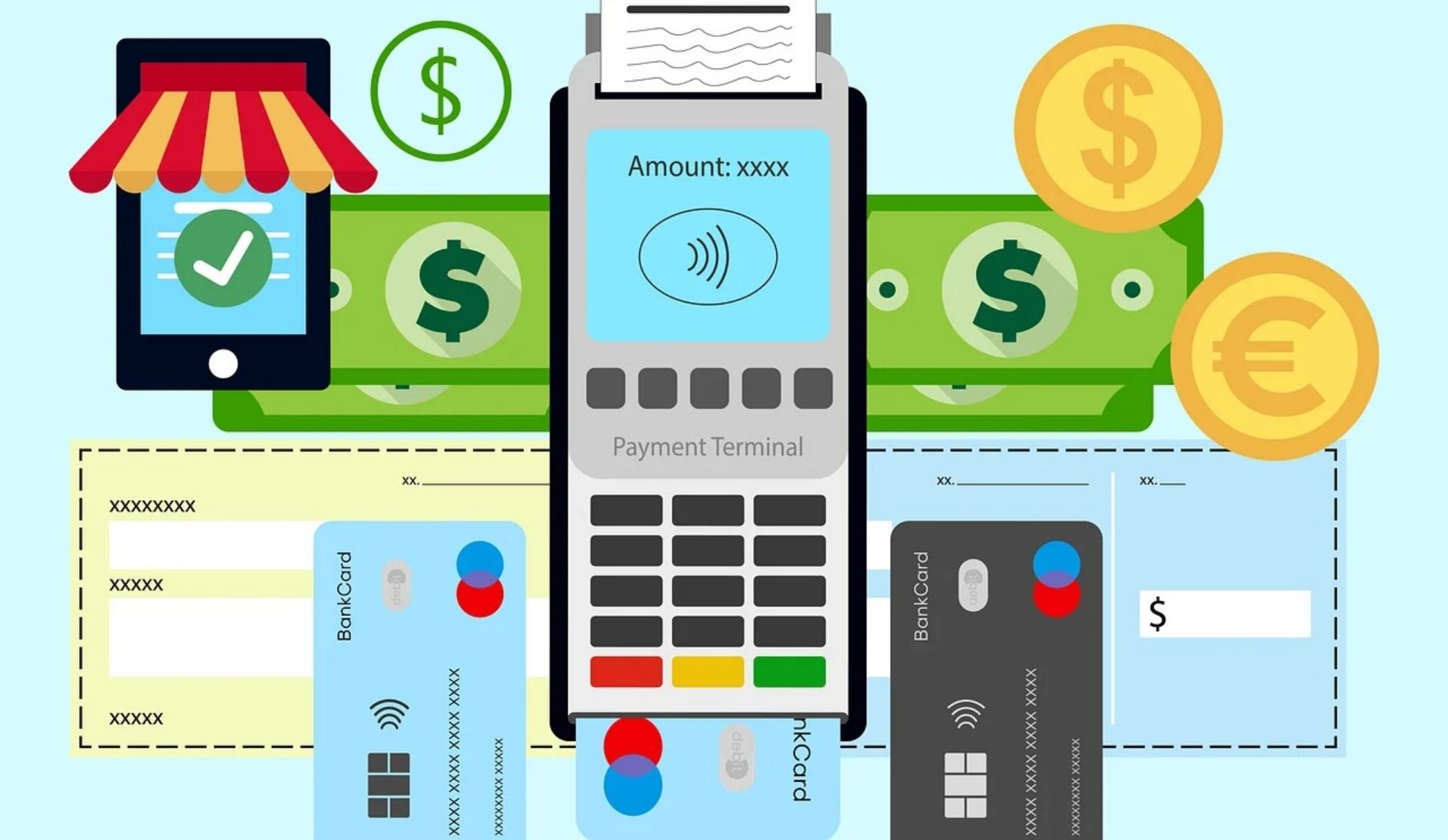
How to Choose the Right Small Business Financing Option (LOC, MCA, Term Loan, or SBA)
One of the most important duties of managing a small business is making sure you have adequate capital to expand, stabilize, and overcome obstacles. There may come a time when you...
View Details
Business Line of Credit vs. Merchant Cash Advances
Every business encounter cash flow problems, regardless of their size. Whether you found yourself needing to cover payroll while business was slow, stocking up on seasonal invento...
View Details
A Complete Guide to Scheduled Payments
Recently, more businesses are using scheduled payment schemes to ensure stable income. Moreover, some schemes are important for managing money well. As business grows, they requir...
View DetailsHello world!
Welcome to WordPress. This is your first post. Edit or delete it, then start writing!
View Details